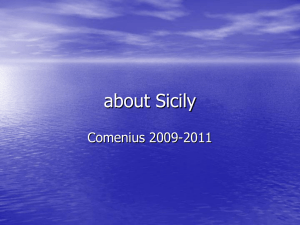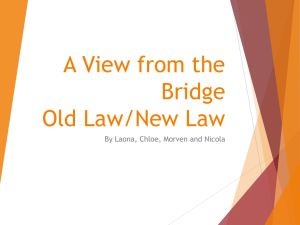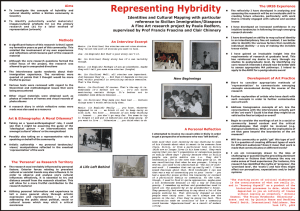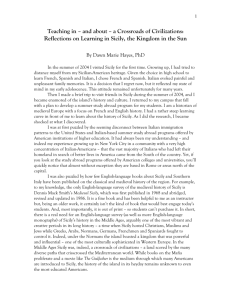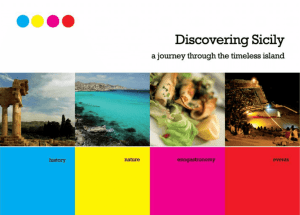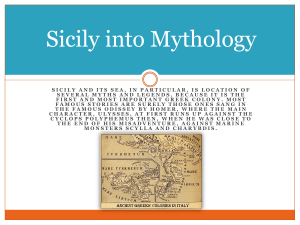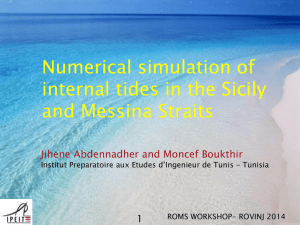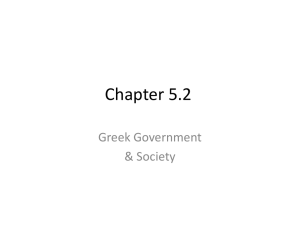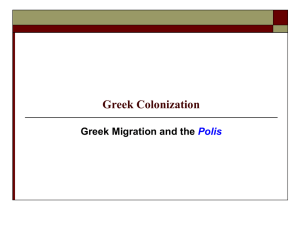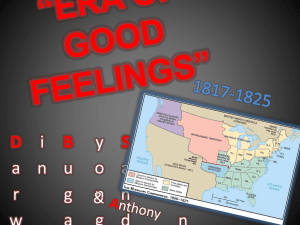sicilia
advertisement
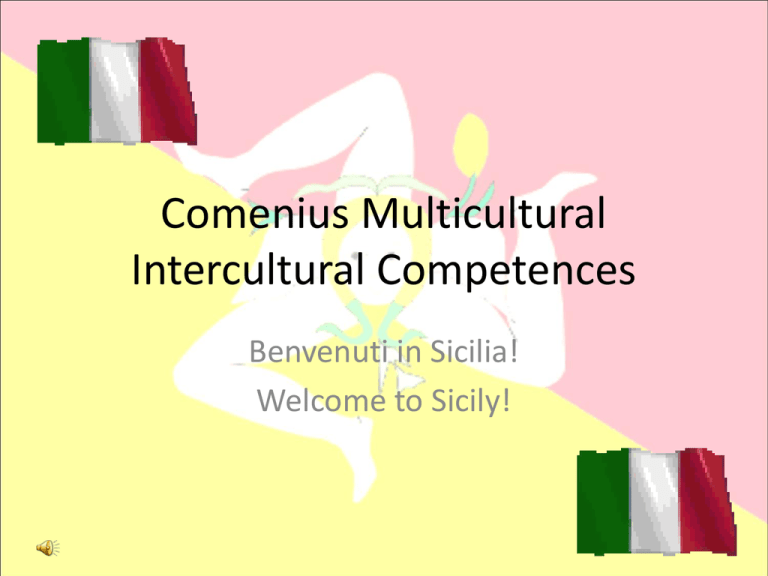
Comenius Multicultural Intercultural Competences Benvenuti in Sicilia! Welcome to Sicily! Italy • • • • population: about 60.000.000 citizens capital: Rome area: 301.318 km² language: Italian Sicily • • • • • - population of 5.000.000 people capital: Palermo official language: Italian dialect: Sicilian 9 provinces: Trapani Palermo Messina Agrigento Caltanissetta Enna Catania Siracusa Ragusa Sicily • Sicily has a splendid multicultural history, thanks to the people that occupied the island during history • Nowadays, Sicily is recognized for its heritage and you will find a lot of historical and cultural monuments on the island • Travelling through Sicily is travelling through history The Trinacria • The regional symbol of Sicily, which you’ll find on the flag, derives from the Greek mythology The Trinacria • The symbol on the Sicilian flag is the “Trinacria”. The “Trinacria” or “Triskeles” is an ancient Greek symbol that symbolizes the sun, because Sicily is known as the “island of the sun”. Nowadays it’s been said that the “Trinacria” should symbolize the shape of the island, the three angles, but in fact the “Trinacria” has nothing to do with the shape of Sicily. • The face in the center of the Trinacria symbolizes the “Medusa”, a greek mythical woman with snakes around her head instead of hair. • Around the face you see three ears of wheat, because Sicily has been famous for its grain during history. Sicilian food • • • • Cannoli Gli spaghetti con le sarde Pasta alla carrettiere Arancina Cannoli Gli spaghetti con le sarde Pasta alla carrettiere Arancina Sicilian beverages • wines • limoncello • coffee Wine Limoncello Coffee Sicilian music • The original Sicilian folk music is called “Tarantella”. A few hundreds of years ago, the people thought they could get rid off the venom of a tarantula while dancing on this music. Sicilian history • • • • • The Greek Era The Roman Era The Muslim Era The Norman Era Garibaldi The Greek Era • Sicily was a Greek colony until it became Roman in the year 241 BC • Even nowadays you can find a lot of Greek architecture in Sicily, like temples and theatres Segesta Segesta Agrigento The Roman Era • In 241 BC, Sicily became Roman • The Romans used Sicily, thanks to its fertile fields, as a granary for Rome • The Romans made the Greek theaters into arenas for fights between gladiators and animals The Muslim Era • In 827, muslims from Tunisia invaded Sicily and proclaimed Sicily in 948 an independant emirate • Palermo, the capital of Sicily, became a very important cultural and scientific city • Nowadays, you can find a lot of traces of the Muslim Era in Sicily The Muslim Era The Norman Era • In 1130, Sicily became a multiethnic and multicultural kingdom where lots of peoples lived side by side like normans, greeks, muslims and jews • Palermo, the capital of Sicily, became the multiethnic centre of European culture The Arab-Norman Castle at Salemi Garibaldi • In 1815, Sicily became property of the family of the Bourbons of Naples • In 1860, Garibaldi entered Sicily with his “Expedition of the Thousand” and liberated it from the Bourbons • In 1861, after a referendum, the Sicilians decided to be part of the Italian state • Garibaldi declared Salemi as the first capital of Italy Garibaldi Islands • • • • • • • • • • • • • • Lipari Salina Vulcano Stromboli Panarea Filicudi Alicudi Favignana Marettimo Levanzo Pantelleria Lampedusa Linosa Ustica Islands Inno di Mameli
